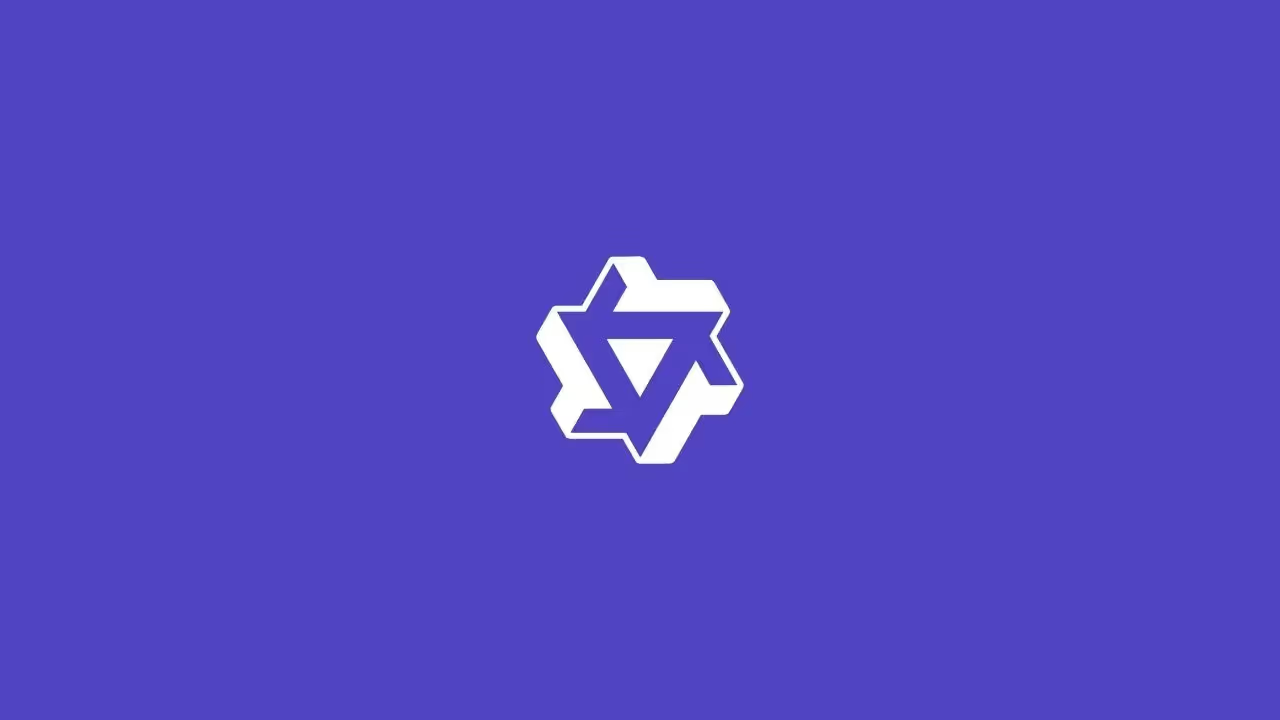LLama (Large Language Model Meta AI) is the family of artificial intelligence models developed by Meta, the parent company of Facebook, Instagram and WhatsApp. Designed as a open source language model, LLama is intended to be a powerful and accessible alternative to proprietary solutions such as GPT chat OpenAI or Claude from Anthropic. Ce Complete guide to LLama explores its origin, how it works, its applications, its strengths and limitations, and its strategic importance in the global AI ecosystem.
LLama AI: an open source language model
Unlike most conversational AI models, LLama AI is offered as open source, which means that researchers, developers, and businesses can freely access the model and adapt it to their needs. This philosophy is in line with Meta's vision of a more collaborative artificial intelligence, where innovation is accelerated by the contribution of the community.
The name LLama Is the acronym for Large Language Model Meta AI, underlining both its nature as a large-scale model and its belonging to Meta's technology portfolio.
The story and versions of LLama
Meta presented the first version of LLama in February 2023, arousing great interest in the AI community due to its open source nature. A few months later, the release of LLama 2 marks a turning point, with better performance, stronger security, and expanded availability via platforms like Hugging Face and Microsoft Azure.
In 2025, LLama 3 is announced, with notable advances in multimodality, better contextual understanding, and increased ability to manage complex instructions. Meta is thus pursuing its strategy of making its models ever more efficient, while maintaining a high level of accessibility.
How does LLama AI work?
LLama Is a Transformer-like language model, trained on a vast multilingual corpus including textual data from books, articles, forums and websites. It is optimized to generate coherent text, understand complex instructions, and adapt to various tasks: writing, translation, text analysis, code generation, etc.
Thanks to its openness, developers can Customize LLama for specific uses, by training it on internal or specialized data. This makes it a flexible tool that can be integrated into customer service systems, educational applications, professional assistants, or creative tools.
The uses of LLama
LLama AI is used in many sectors. In the business, it can automate the writing of reports, the generation of marketing content, or the response to customers. In education, it is used as a teaching tool to explain concepts, create exercises, and correct assignments.
In research, LLama is exploited to analyze large amounts of text and extract trends. Developers can also integrate it into applications to provide a personalized chatbot that can answer user questions with a tone tailored to the brand.
The benefits of LLama
One of the main advantages of LLama AI Is her freedom of use. Its open source status allows businesses to host and run it on their own servers, ensuring greater control over data and privacy.
In addition, LLama offers a flexibility of adaptation exceptional: it can be lightened to work on devices with limited resources, or on the contrary extended to manage large volumes of information. Its linguistic performances are also solid, with a good balance between speed of execution and quality of response.
Limits and precautions to take
Despite its advantages, LLama also has limitations. Like any LLM, it can produce wrong or biased answers. Being open source, it can also be used in an abusive way, for example to generate misleading content, which raises ethical issues.
Moreover, unlike some proprietary models that integrate real-time research, LLama does not natively have direct access to the web. Developers need to add this capability if they want up-to-date data.
Strategic challenges for Meta
By publishing LLama in open source, Meta adopts a strategy different from that of OpenAI or Google, relying on the strength of the community to improve and diversify the uses of the model. This allows Meta to position itself as a key player in AI while promoting the massive adoption of its technology.
This approach also reinforces Meta's influence in academic environments, start-ups, and businesses looking for cheaper alternatives to proprietary solutions.
Recent and future developments
In 2024 and 2025, LLama has benefited from significant improvements: better understanding of complex queries, smoother text generation, better management of long contexts and strengthened multimodal capacity.
Meta plans to extend LLama's capabilities to voice and video, as well as optimize the model for use on mobile and connected objects, which could open up new markets.
The impact of LLama on the AI market
The arrival of LLama AI has strengthened competition in the language model market, while democratizing access to advanced AI. For businesses, it represents an opportunity to integrate AI at a lower cost and with more control. For the scientific community, it offers a solid base for research and experimentation.
Conclusion
LLama, developed by Meta, is much more than a simple chatbot: it is an open source AI platform that redefines access to major language models. Its flexibility, accessibility and potential for adaptation make it a strategic tool for developers, businesses and researchers.
In a market dominated by proprietary solutions, LLama stands out for its openness and its ambition to make artificial intelligence truly accessible to all.

















































